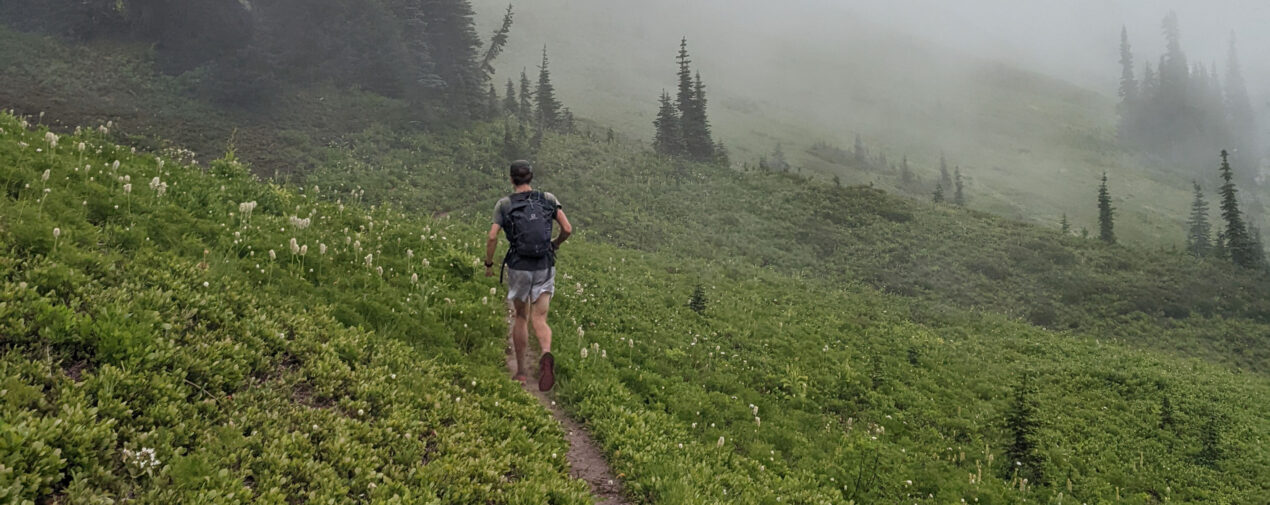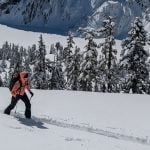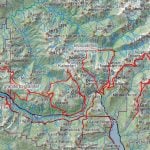What is Dew? And Why Should I Pay Attention to It?
Ever walked through the grass early in the morning and soaked your socks and shoes? Ever bushwhacked through brush and wondered ‘why is there so much moisture when it hasn’t rained’? Or even worse … ever woke up to a SOAKING WET sleeping bag and thought ‘where was the rain’?
If you’ve experienced any of these scenarios, then you’ve experienced dew. Dew is a natural phenomenon through which vapors condense to liquid. Most often, this involves water vapor condensing into liquid water, often on surfaces such as leaves and garments.
I’ll explain how dew and dew point can be just as important as understanding temperature, humidity, and other environmental measures we track more frequently.
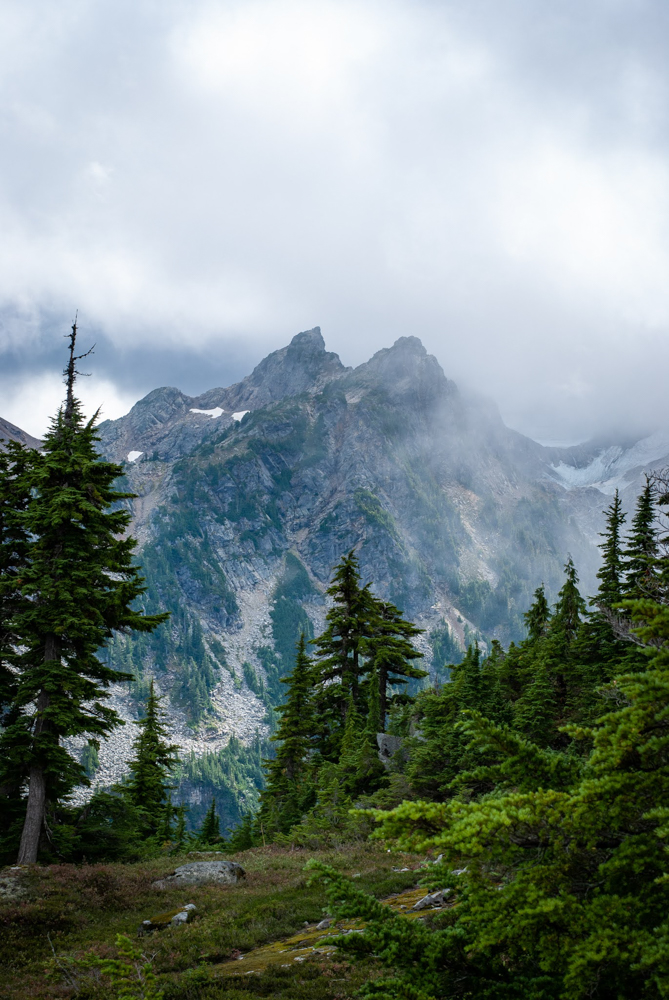
A Brief Explanation of Dew
Water can exist as three distinct phases: solid (‘ice’), liquid, and gas (‘water vapor’). We most commonly think of water in the liquid phase even though on a day-to-day basis, much more water around us is in its gaseous form as water vapor.
For water to change phases, there needs to be a change in temperature and/or pressure. ‘Freezing point’ is a measure of the temperature at which water turns from liquid phase to solid phase (at a given pressure). Under normal conditions, that is 32F or 0C.
‘Dew point’, however, is much less known. It is the temperature (at a given pressure) below which water droplets condense into liquid form. Just as water can freeze from solid to liquid, water vapor can cool from gaseous to liquid phase. You can use this calculator to play around with humidity and air temperature to find the dew point.
The physics behind it are relatively simple: warmer air can hold more moisture, cooler air can hold less moisture (in the form of water vapor). The colder air becomes, the more it must ‘release’ water vapor. I’m simplifying a lot here, but that’s the general concept.
So … dew occurs when air cools below a certain threshold (dew point), a threshold at which air can no longer hold the moisture (water vapor) it had been holding at higher temperatures. This is most commonly observed during the night time, when air temperature can drop below the critical threshold.
Why Does This Matter?
Whether you’re a runner, backpacker, climber, skier, etc., you probably track precipitation (i.e. rain) when planning a trip. You should track and predict dew with a similar effort. Dew is very predictable: you can check the dew point for a given day/night and then cross-check what the predicted air temperature will be.
Dew influences nearly every outdoor sport:
- For backpackers, it’s important to know the dew point so you can predict whether your sleeping bag will get soaking wet if you sleep outside of your tent.
- For runners, it’s valuable to know if the underbrush you run through in the morning will be soaking wet and get your socks and shoes soaked early on in your run.
- For climbers, it’s valuable to know if dew will condense on the rocks early in the day.
- For skiers, it’s valuable to know if hoar frost will develop (more on this later).
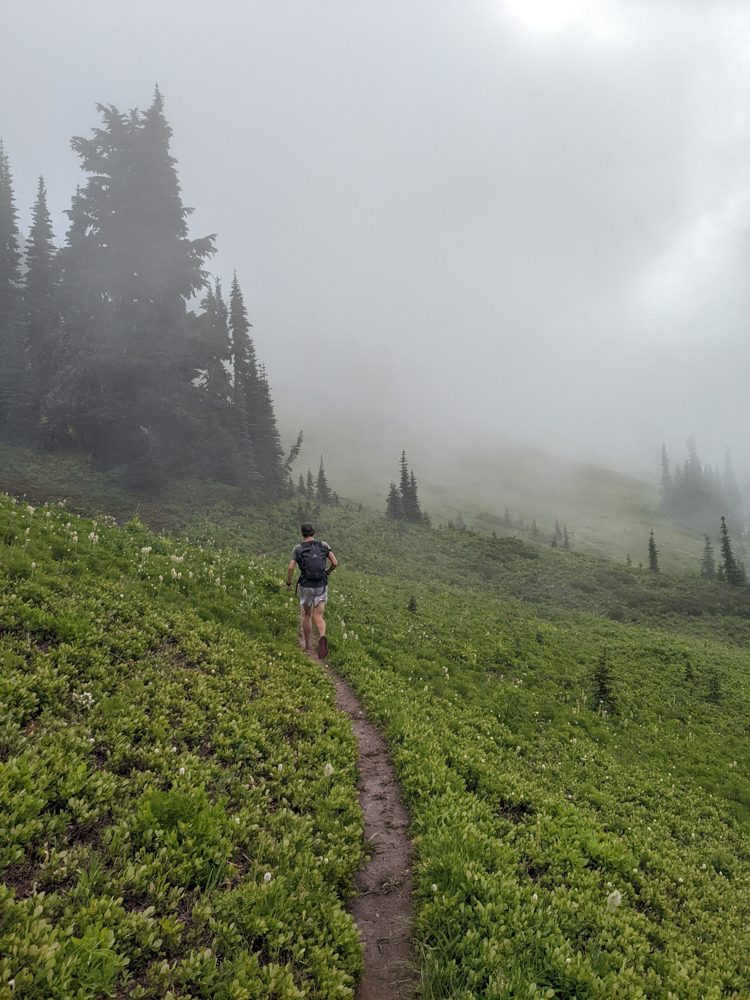
Some Nuances
While the basic concept of dew is based on temperature dropping below a threshold, there are other factors that are useful to understand:
Camping
Say you’re making camp on a backpacking trip and you’re looking for a good camp spot for the night. You’ll want to avoid relative low points or small ‘basins’ to minimize dew. Why? Cold air sinks, hot air rises. If you’re camped in a depression (say a lake basin or small dip), colder air will pool overnight and be more likely to condense into dew.

Skiing
For skiers dew is important for tracking hoar frost. This phenomenon is a bit more complicated than typical dew formation, but I’ll summarize…
Snow (a solid form of water) can vaporize into gaseous form of water vapor if there’s a significant temperature gradient. It’s not what we typically think of when we think of phase change, but it’s possible. This happens when there are cold, calm, and clear skies at night. The lack of wind allows for radiative heat loss to the upper atmosphere, which is MUCH colder than the surface temperature.
The result: hoar frost crystals develop on the surface of snow. While this may be a very beautiful formation to photograph, it’s a very dangerous condition that, when buried, leads to avalanches. Skiers want to track dew point to predict and understand hoar frost formation, especially if they’re out in the backcountry.
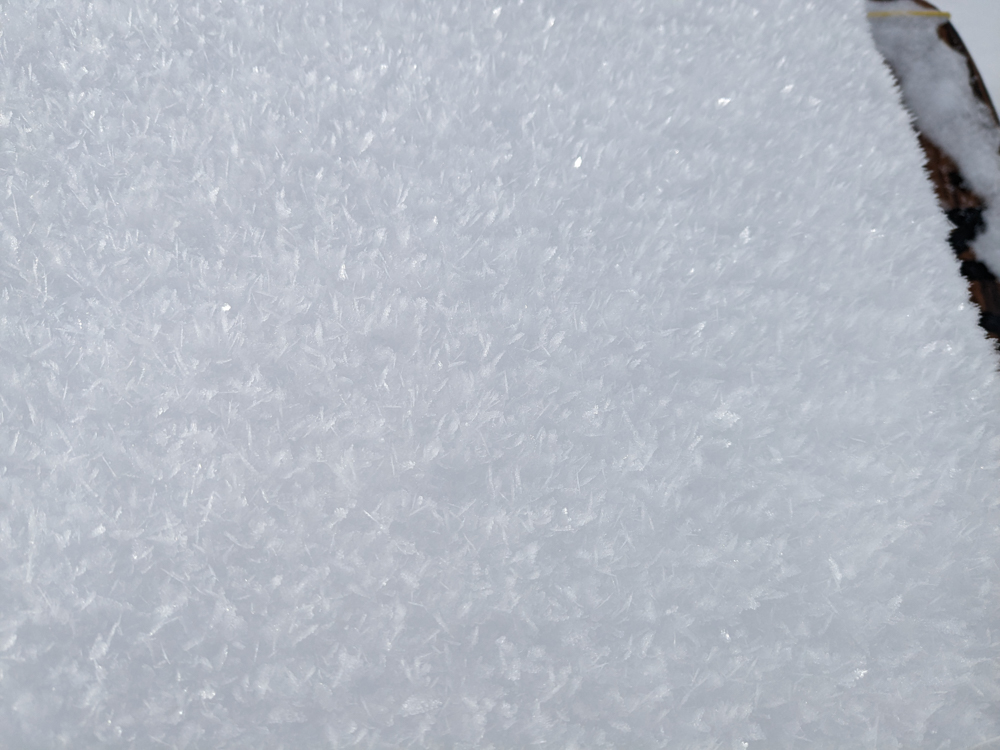
Knowledge is Power
The more you understand about the weather and the environment, the better prepared you can be on whatever adventure you head out for. Dew point is a tool to add to your toolset, just like understanding weather patterns in your area. It’s valuable whether you’re a rock climber, backpacker, skier, or runner. Dew doesn’t always occur, but when it does it can make your trip just a bit wetter. Use this intro as a chance to learn more about dew and check the dew point the next time you head out for a trip!
About the Gear Tester

Sam Chaneles
Sam Chaneles is an avid mountaineer and backpacker, climbing peaks in the Cascades, Mexico, Ecuador, and Africa, as well as hiking the John Muir Trail and off-trail routes in Colorado. He has climbed peaks such as Aconcagua, Mt. Rainier, Cotopaxi, Chimborazo, Kilimanjaro, and many more. Sam graduated with a B.S. in Mechanical Engineering from Georgia Tech. During his time there he was a Trip and Expedition Leader for the school’s Outdoor Recreation program (ORGT). He has led expeditions to New Zealand, Alaska, Corsica, France, and throughout the United States. Sam is based in Issaquah, WA just outside of the Cascade Mountains. You can follow Sam and his adventures on Instagram at @samchaneles, or on his website at www.engineeredforadventure.com.

